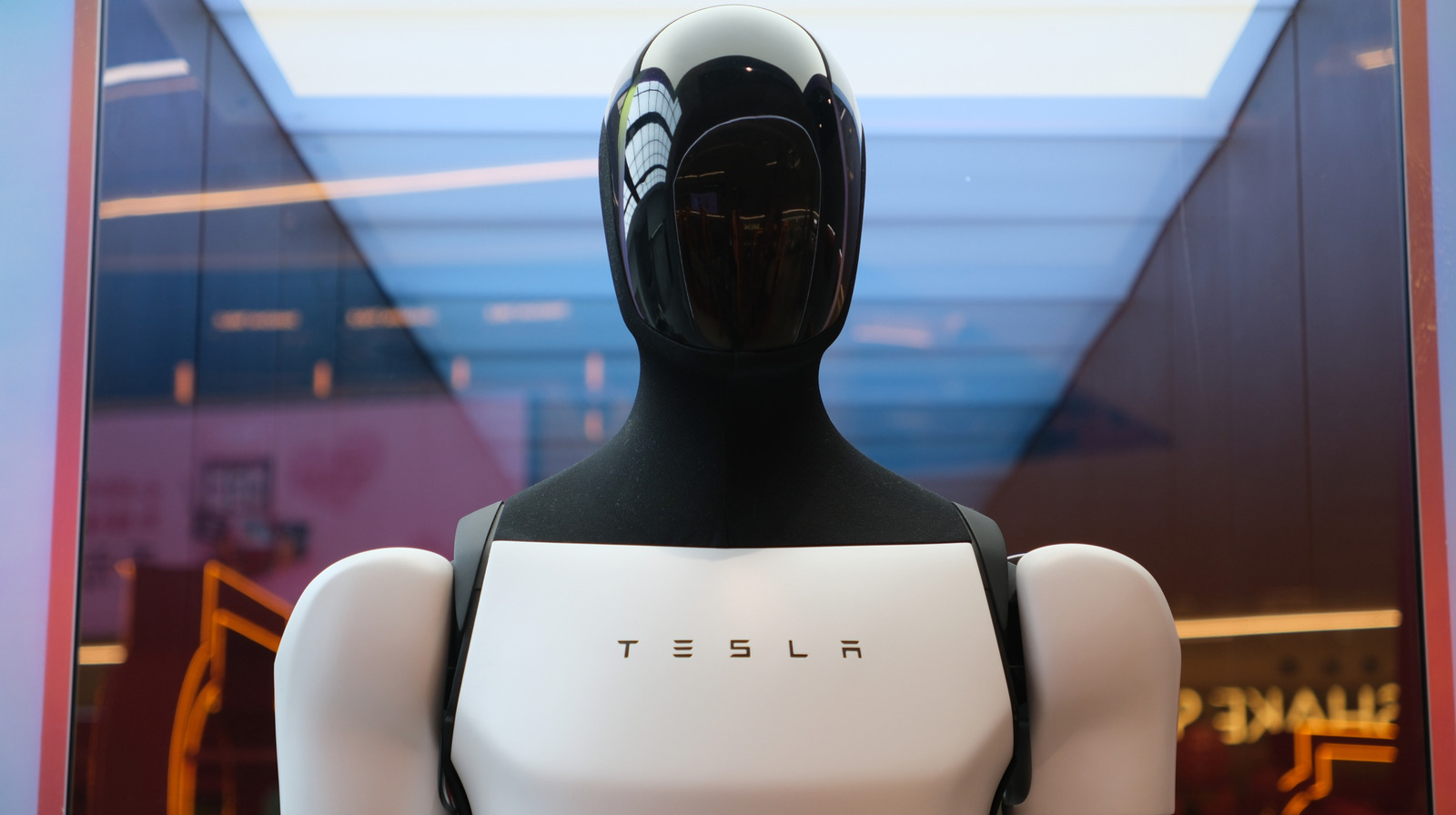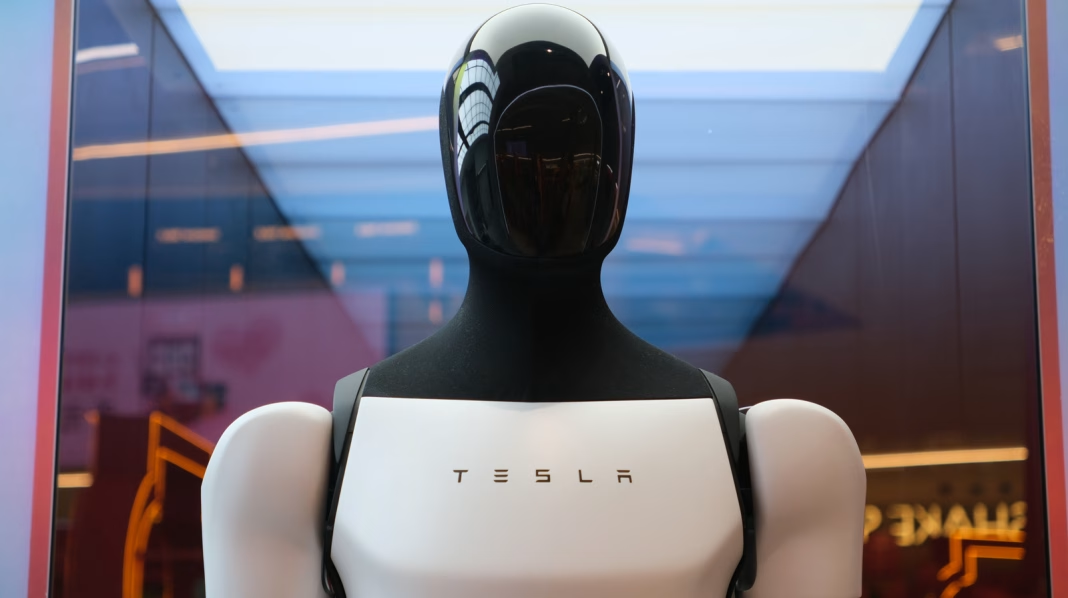Before diving into the future of automation and its impact on the workforce, let’s take a moment to reflect on the past. The idea of robots taking over jobs isn’t new; in fact, it’s been a topic of discussion since the dawn of the industrial revolution. As we stand on the brink of a new era in manufacturing, it’s essential to examine how previous waves of automation have shaped the landscape of work and what that means for us today.
How Have Robots Changed Manufacturing?
The introduction of robots into manufacturing processes has transformed the industry in remarkable ways. Think back to the late 20th century when companies began integrating robotic arms into assembly lines. These machines took over repetitive tasks, which not only increased efficiency but also improved safety by taking humans out of harm’s way in hazardous environments. For instance, in automotive manufacturing, robots now handle everything from welding to painting, allowing for faster production times and higher precision.
But here’s the kicker: while robots have indeed streamlined operations, they haven’t completely replaced human workers. Instead, they’ve shifted the nature of jobs. Humans are now more involved in overseeing, programming, and maintaining these machines. In fact, a study by the McKinsey Global Institute found that while automation could displace up to 800 million jobs worldwide by 2030, it could also create new roles that we can’t even imagine yet. This duality—job displacement and creation—paints a more nuanced picture of automation’s impact.
What About Job Security?
It’s natural to feel anxious about job security in the face of increasing automation. Many fear that as robots become more capable, their roles will diminish. However, history suggests otherwise. In the early days of assembly lines, workers feared that machines would take their jobs. Yet, what often happened was a transformation of roles rather than outright elimination. Workers adapted, acquiring new skills to work alongside machines, and industries evolved.
Consider the case of the textile industry. When mechanization took hold, many workers transitioned from manual labor to roles in machine operation and maintenance. The same can be seen today in sectors like logistics and warehousing, where automation is on the rise. Companies are looking for individuals who can manage automated systems, analyze data, and improve processes. This shift underscores the importance of reskilling and upskilling in our rapidly changing job market.
Are There Limits to Automation?
While robots can handle many tasks, there are still limits to what they can do. Certain jobs require human intuition, creativity, and emotional intelligence—qualities that machines simply can’t replicate. For example, in healthcare, while robots can assist in surgeries or manage logistics, the compassionate care that nurses and doctors provide is irreplaceable. The same goes for creative fields like art and design, where human touch and perspective are essential.
Moreover, the integration of robots into the workforce raises ethical questions. How do we ensure that the benefits of automation are shared equitably? As we move forward, it’s crucial to engage in conversations about the ethical implications of automation and work towards solutions that prioritize both technological advancement and human welfare.
What’s Next for Humans and Robots?
As we look ahead, the future of work will likely involve a collaboration between humans and robots. This partnership can lead to increased productivity and innovation. Companies that embrace this approach will not only thrive but also create a more dynamic and resilient workforce.
The big takeaway? Embracing automation isn’t about perfection—it’s about smarter adjustments. Start with one change this week, whether it’s learning a new skill or exploring how automation can enhance your work. You’ll likely spot the difference by month’s end. The journey ahead is not just about robots taking over; it’s about how we can work together to create a better future for everyone.


